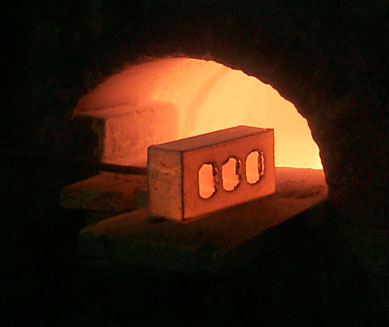lockeed
Well Known Member
Did my first couple winter flights with the RV6 on Thu and Fri. Loved it.
The only downside is I had to get up to 4500-5000ft to get smooth air on friday and it was kind of cold... The heater couldn't produce enough heat to properly warm the cabin.
I did some "cold weather prep" to the plane not too long ago which paid off. Like insulating the canopy properly, pluging up the air inlets etc... The cabin is also insulated... But still, it was getting chilly at FL050!
I've looked around to find hints and techniques used by some to get more heat from the heating system, anything new in that department ?
Appart from putting a couple of those on the floor?

The only downside is I had to get up to 4500-5000ft to get smooth air on friday and it was kind of cold... The heater couldn't produce enough heat to properly warm the cabin.
I did some "cold weather prep" to the plane not too long ago which paid off. Like insulating the canopy properly, pluging up the air inlets etc... The cabin is also insulated... But still, it was getting chilly at FL050!
I've looked around to find hints and techniques used by some to get more heat from the heating system, anything new in that department ?
Appart from putting a couple of those on the floor?







